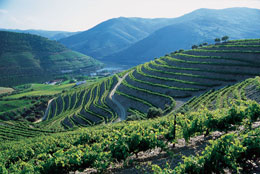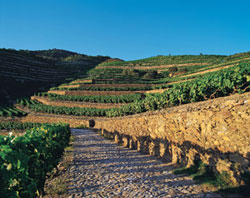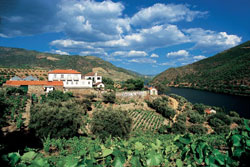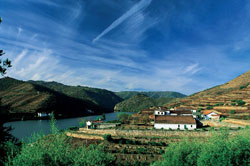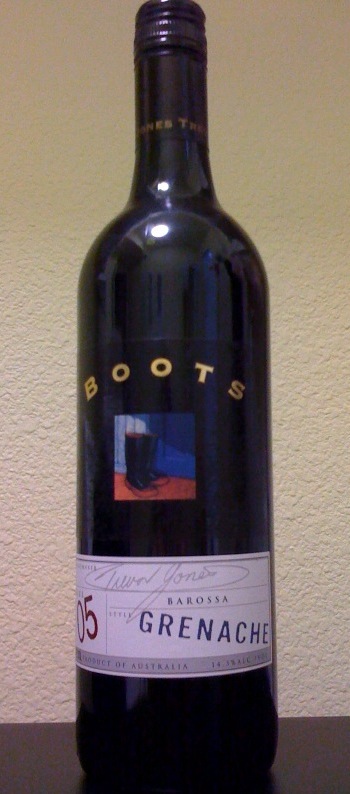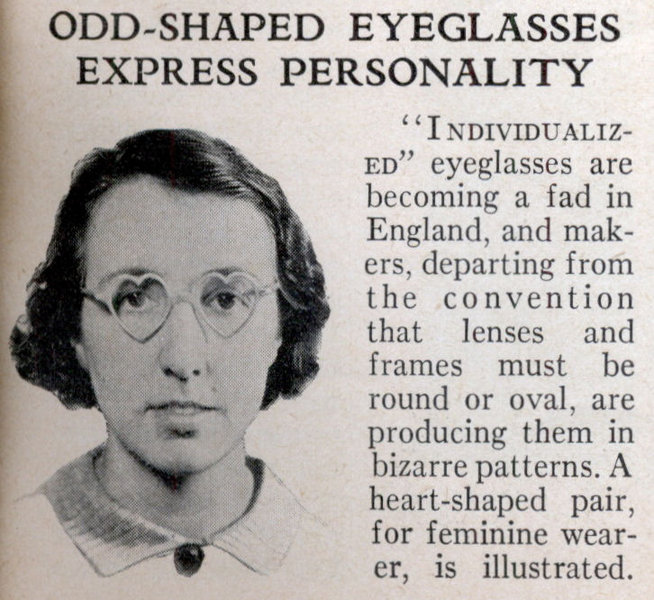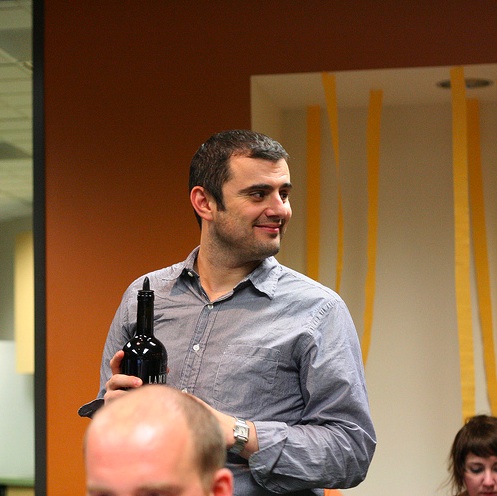
Gary Vaynerchuk made a stop in Austin recently on his book tour for Crush It!: Why NOW Is the Time to Cash In on Your Passion. In addition to the three book signings he did around town that day, he and Lindsay Ronga organized a Cork’d tasting that night. (Cork’d is the wine social networking site GV bought in 2007; Lindsay is the CEO). I was fortunate enough to get an invite (thanks, Addie!) and had a great time. I thought I’d share a bit about it.
Gary is unpretentious about wine. And this was not a pretentious wine tasting. Firstly, it was held in the conference room of a local tech firm. Secondly, the wine geeks seemed to be in the minority. Thirdly, we were drinking from plastic cups.
As this was a Cork’d event, the idea was for everyone to post their notes to the site “live” as we were tasting them. It was a diverse crowd and a diverse range of opinions and scores were collected (every wine received scores as low as mid-70s and as high as low-90s). Below are the wines we tasted and my comments.
Terlato Family Pinot Noir 2007 Russian River Valley
For me this was easily the best wine of the night. My notes were: Nice cherry, meaty and herbal nose. The fruit gets darker on the palate, but very clean and pure. Very smooth and silky on the front then tightens up on the back. This is a lip-smacking, delicious pinot. Would be a great food wine. I scored it a 90 (Cork’d requires a score on the 100-pt scale).
Rutherford Hill Merlot 2005 Napa Valley
My notes: The color is a bit light. The nose is juicy, “purple-y” and stemmy/green. On the palate, the red fruit comes across a bit fake to me, and thin. Rustic tannins. Feels like I drank some sediment. Buttery oak. A little stemmy. A nice mineral note in there. Dry finish. Kinda of an awkward wine for me. It’s not bad, but I wouldn’t seek it out again. Score: 85
Mont Tauch Reserve Fitou 2006
My notes: I like this nose – jammy for a French wine. On the palate, it feels light and tannic at the same time. I’m having trouble pegging this one. Fruit seems a bit tight one moment, then bright the next. I’d like to try this again when I can have a more leisurely glass or two. Score: 86
Lamborn Family Cabernet Sauvignon 2004/2005/2006 Howell Mountain
This wasn’t a vertical. Rather, there was not enough of any one of these to go around, so everyone got poured 1 of the 3. I got the 2006. My notes: Good dark color. A dark, brooding, smoky nose. On the palate its got jammy fruit flavors. Feels sticky in the mouth, like a chewy candy. Very dry. Finishes hot. The nose appealed to me, but the palate… not so much. I’d like to try it again with a few more years of bottle age. (Score reflects how it’s drinking for my palate tonight.) Score: 86
Flat Creek Super Texan 2006 Texas Hill Country
This one was meant to be a surprise blind tasting for Gary, while the rest of the crowd was told what it was. There were some loose lips from one or two people who didn’t quite realize what was going on so Gary probably heard something. It’s a wine I’ve liked in the past and I was kind of excited to see how he would like it. He panned it. I found it to be light but tasty. My notes: Color has an orange cast. Nose has appealing dried fruit character. Nice mouthfeel. Silky red fruit. Long finish. Score: 89 (probably generous in retrospect)
You can see the list at Cork’d and click each wine to see everyone’s notes.
All in all, it was a great night. No blockbuster wines for me, but some nice (& pricey) bottles I wouldn’t normally try (and did I mention it was free!). It was fun to see so many tasting notes on the same wine from the same tasting.
Plus I got to meet some good people: @ronga, @baconator, @personalwine, @amberdemure, @SummerH, @smartdonkey, @wesley83. And Gary…
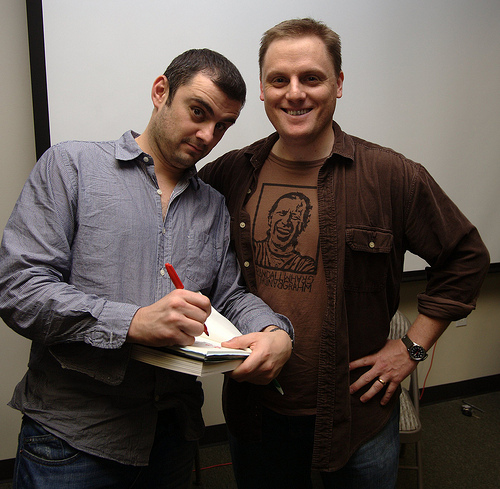
Update: I realized I published this without really saying much about Gary. In person, he’s pretty much exactly like he is on camera only dialed down a notch. Or maybe that was the fact that it was his 4th stop of the day in the middle of his book tour. Either way he’s unfailingly friendly, taking the time to go around the room and shake every one’s hand individually and chatting them up. As for the wine, he liked the Terlato, Lamborn (he had the 2004) and Rutherford Hill wines, was ho-hum on the Mont Tauch and panned the Flat Creek (as I mentioned above). Thanks, Gary, for putting on this event! Hope to see you again the next time you come through Austin.
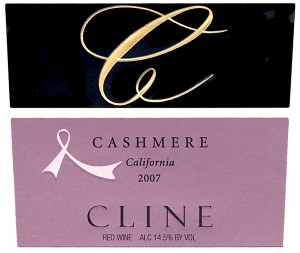 Cline 2007 Cashmere
Cline 2007 Cashmere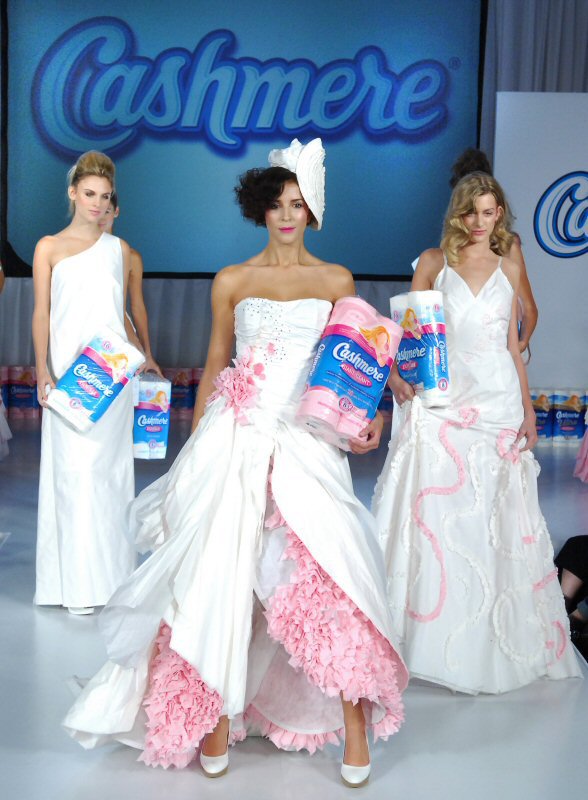
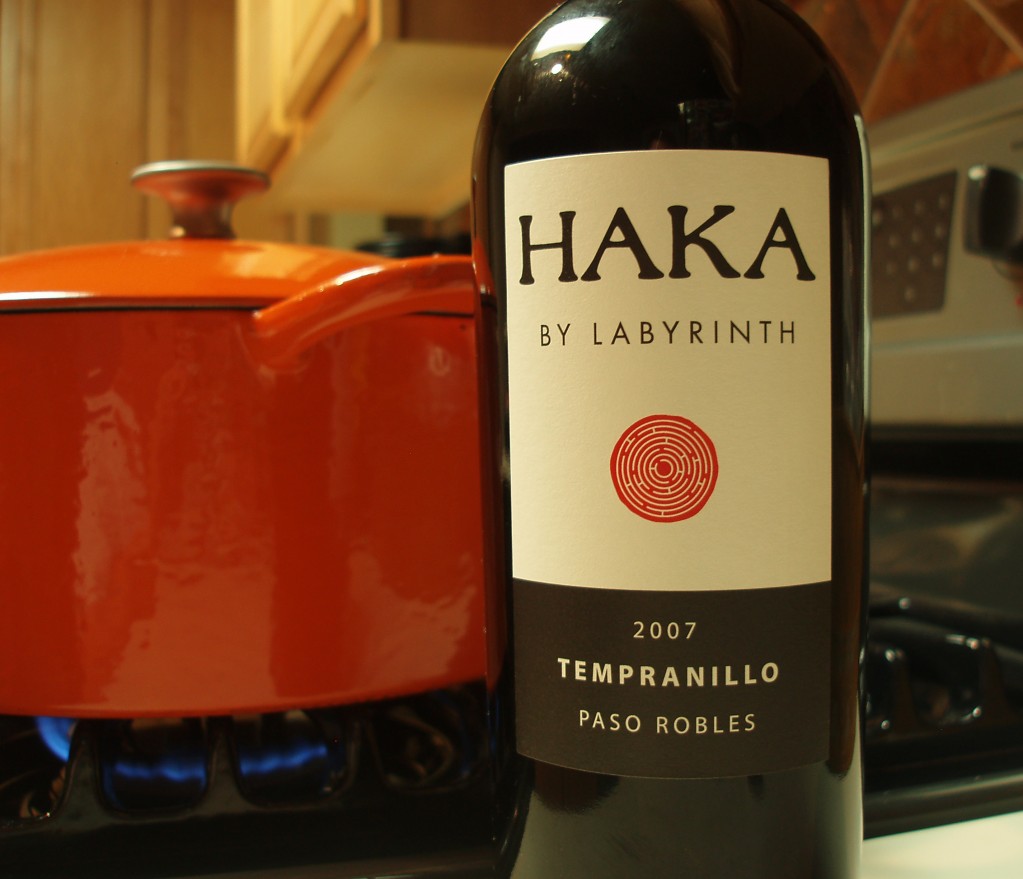 Producer: Haka, by Labyrinth. Rick Hill is a Kiwi winemaker who makes Pinot Noir in both Australia and California under the Labyrinth label. Haka is his second label.
Producer: Haka, by Labyrinth. Rick Hill is a Kiwi winemaker who makes Pinot Noir in both Australia and California under the Labyrinth label. Haka is his second label.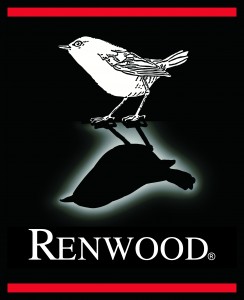 I picked this up while browsing at Spec’s when I saw that it had Viognier in the blend. It’s not very common for white and red grapes to be blended together – the biggest exceptions being old-school Chianti and Côte Rôtie. I don’t think I’ve ever seen a Zin/Viognier blend. Let’s see what it’s like.
I picked this up while browsing at Spec’s when I saw that it had Viognier in the blend. It’s not very common for white and red grapes to be blended together – the biggest exceptions being old-school Chianti and Côte Rôtie. I don’t think I’ve ever seen a Zin/Viognier blend. Let’s see what it’s like.
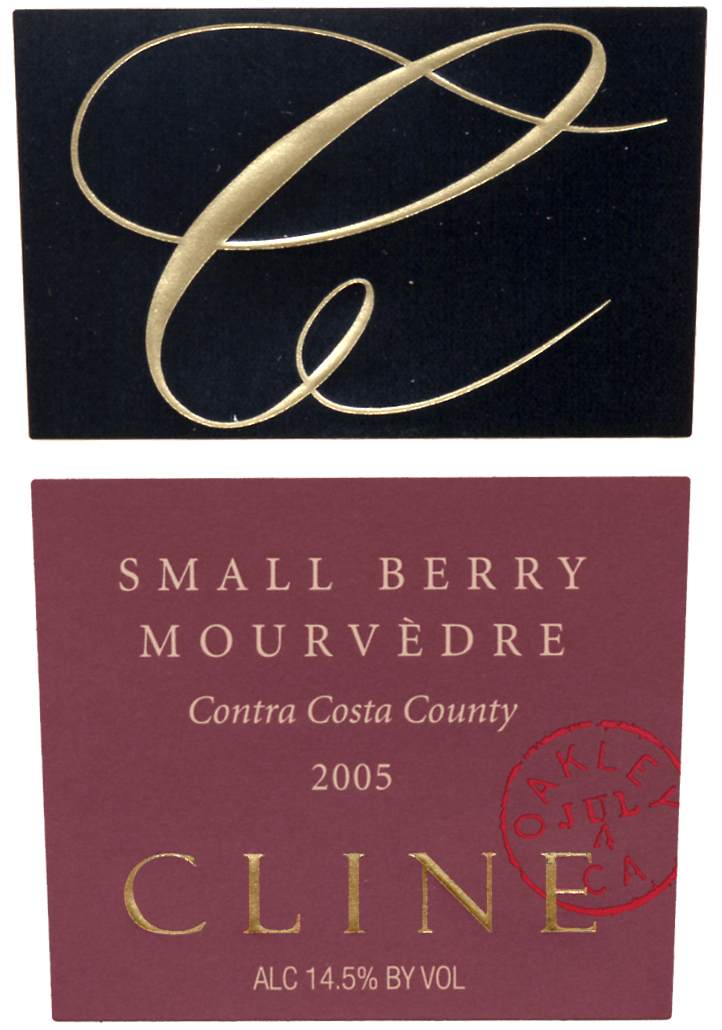 As I’ve noted in earlier posts, I’ve been a big fan of Cline wines since my very first trip to wine country in the mid-90s. Theirs was my first introduction to Mourvèdre and I’ve been a “Mourvèdre-head” ever since.
As I’ve noted in earlier posts, I’ve been a big fan of Cline wines since my very first trip to wine country in the mid-90s. Theirs was my first introduction to Mourvèdre and I’ve been a “Mourvèdre-head” ever since.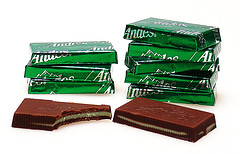
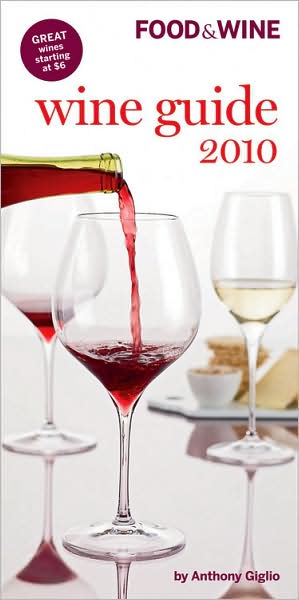 I picked up the
I picked up the 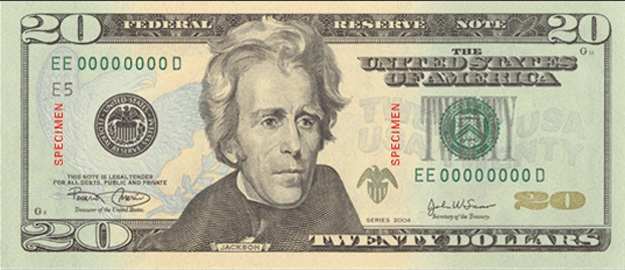

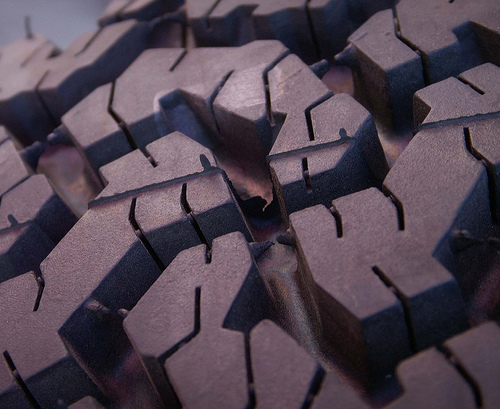
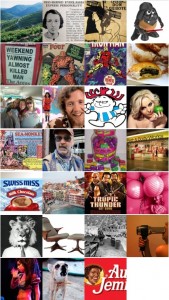
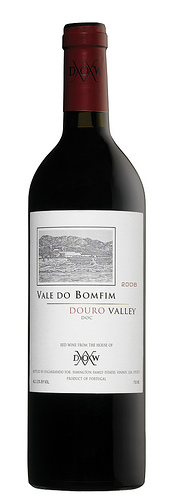 As sales of Port have been
As sales of Port have been 